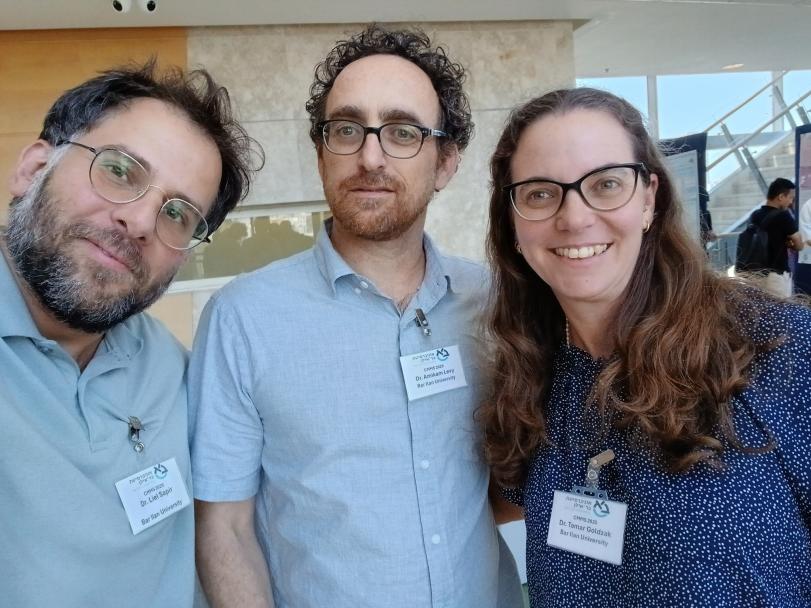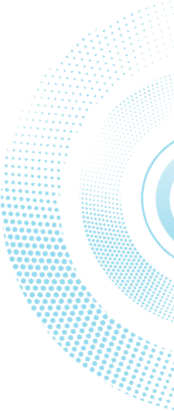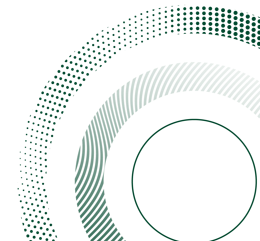The Israeli Conference on Computational Modelling of Molecules and Solids

The conference, held every two years, was organized by Dr. Tamar Goldzak in collaboration with her colleagues from the Department of Chemistry. Over 100 participants partook in sessions on quantum dynamics, molecular dynamics, and methods of machine learning in matter and molecules
The 5th Israeli Conference on Computational Modelling of Molecules and Solids (CMMS) was held at Bar-Ilan University in mid July , 2025. The conference was organized by Dr. Tamar Goldzak Mizrahi of the Faculty of Engineering, alongside Dr. Amikam Levy and Dr. Liel Sapir of the Department of Chemistry. "The conference is held every two years, each time hosted by a different university, and brings together nearly every researcher in Israel who has either worked or continues to work on computational modelling of molecules and materials," says Dr. Goldzak. "Over 100 participants attended the conference, all affiliated with Israeli research groups that study molecules and solids."
The keynote speaker was Prof. Michael Galperin of the University of San Diego, now a Professor at Tel Aviv University. He gave a talk on “Green’s function techniques for single molecule junctions”. Other speakers included Prof. Leeor Kronik of the Weizmann Institute of Science, who gave a talk on “Solving the band gap and optical absorption problems of density functional theory”. Altogether, there were eleven fascinating lectures by key faculty members in the field of computational materials and theoretical chemistry, shares Dr. Goldzak.
In addition to lectures, the conference featured four sessions in sub-fields: quantum dynamics; electronic structure of solids and molecules; molecular dynamics; and methods of machine learning in solids and molecules. The conference also featured a poster session, where more than 60 projects were presented. One of these was that of Dr. Idan Haritan, a postdoctoral researcher at Dr. Goldzak’s lab. "It was a very productive conference, the atmosphere was pleasant, and it opened doors to collaborations between researchers from different universities. We can say it was a great success," concludes Dr. Goldzak.
Last Updated Date : 29/09/2025



